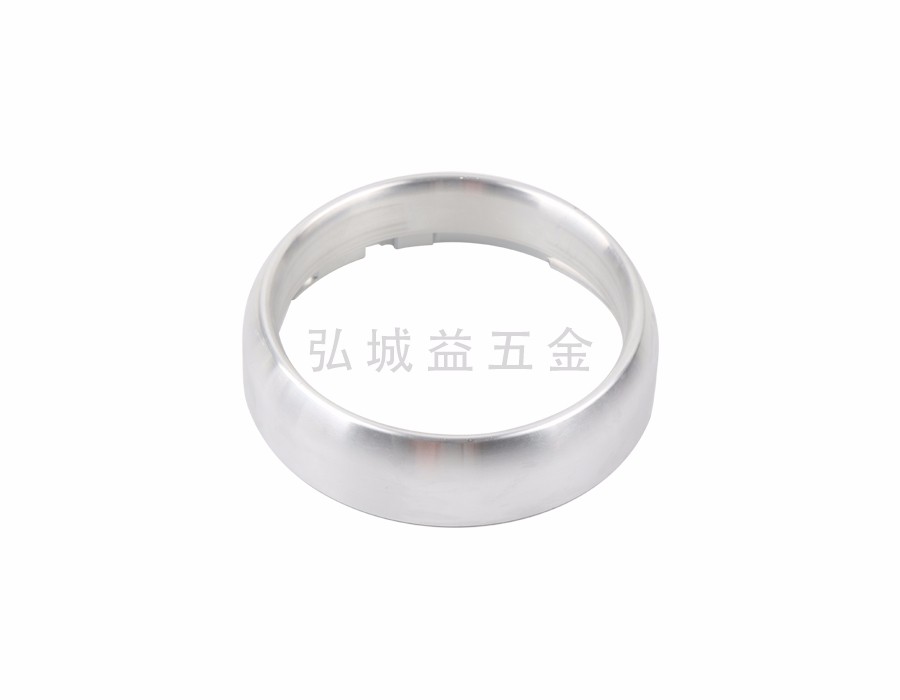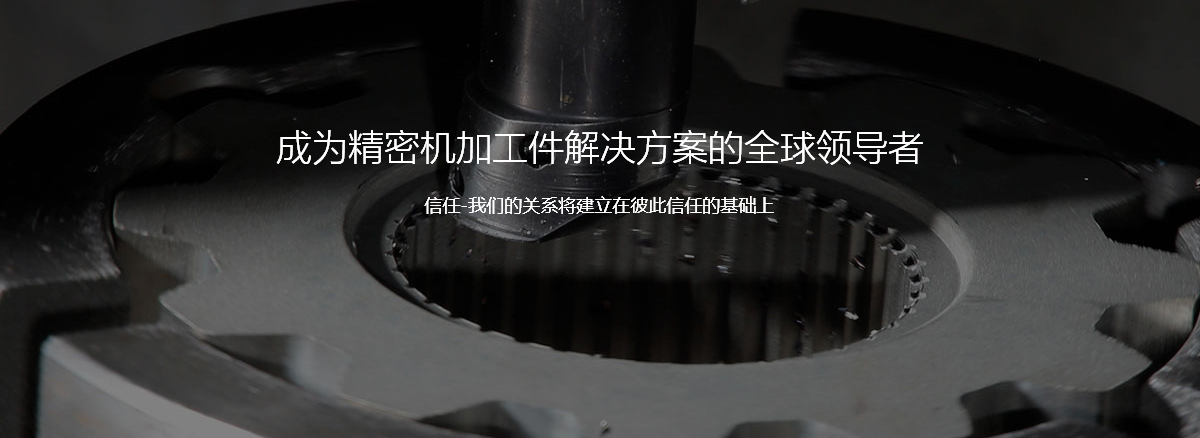Combination tool.
According to the cutting motion mode and corresponding blade shape, cutting tools can be further divided into three categories:

Universal cutting tools, such as turning tools, planers, milling cutters (excluding formed turning tools, forming planers, and forming milling cutters), boring cutters, drill bits, reamers, and saws;
Forming tools, whose blades have the same or nearly the same shape as the cross-section of the workpiece being processed, such as forming turning tools, forming planers, forming milling cutters, broaches, conical reamers, and various thread processing tools;
Generative cutting tools are used to process the tooth surface of gears or similar workpieces, such as hobs, gear shapers, shaving cutters, bevel gear planers, and bevel gear milling cutters.
structure
The structure of various cutting tools is composed of a clamping part and a working part. The clamping and working parts of the overall structure of the cutting tool are all made on the cutting body; The working part (tooth or blade) of a toothed cutting tool is embedded on the tool body.
There are two types of clamping parts for cutting tools: with holes and with handles. Holed cutting tools rely on inner holes to be installed on the spindle or spindle of the machine tool, and transmit torsional torque through axial or end face keys, such as cylindrical milling cutters, sleeve type face milling cutters, etc.
There are usually three types of tools with handles: rectangular handles, cylindrical handles, and conical handles. Turning tools, planers, etc. are generally rectangular shanks; The conical handle bears axial thrust through taper and transmits torque through friction force; Cylindrical shank is generally suitable for smaller Fried Dough Twists drills, end mills and other tools. During cutting, the torsional moment is transmitted by the friction generated during clamping. Many cutting tools with handles are made of low alloy steel, while the working part is welded with high-speed steel to form the two parts.
The working part of a cutting tool is the part that generates and processes chips, including the blade, the structure that breaks or folds the chips, the space for chip removal or storage, and the channel for cutting fluid. The working part of some cutting tools is the cutting part, such as turning tools, planers, boring cutters, and milling cutters; Some cutting tools include cutting and calibration parts, such as drills, reamers, internal surface broaches, and taps. The function of the cutting part is to remove chips with the blade, while the function of the calibration part is to smooth the machined surface that has been cut and guide the tool


